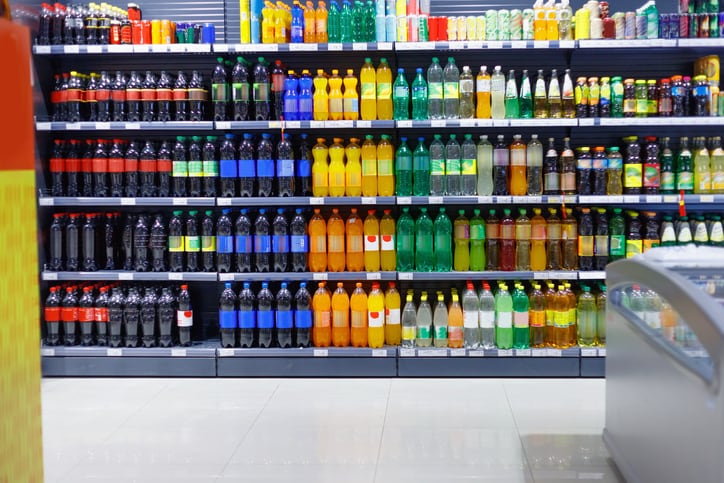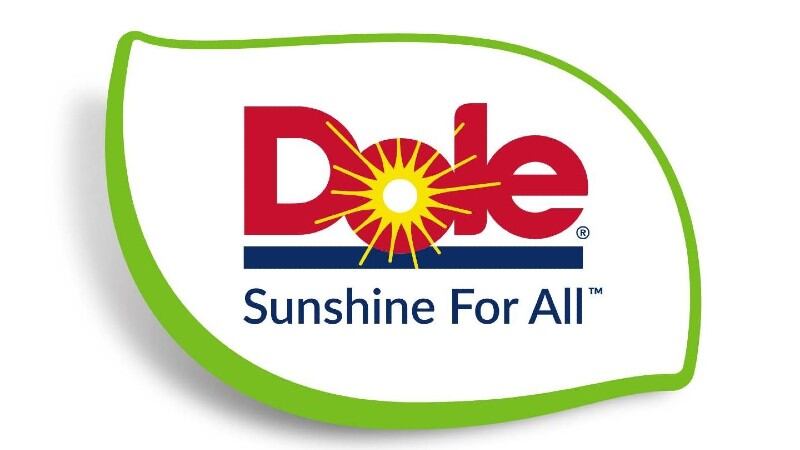The CODEX Framework for Steviol Glycosides (the functional components of stevia for use as a sweetener) was announced by the Food and Agriculture Organisation of the United nations (FAO) and the World Health Organisation (WHO) earlier this year, bringing increased organisation to the stevia sector.
The industry has unsurprisingly given these new standards a warm welcome, lauding not just the orderliness this will bring to the sector, but also the increased potential for stevia to enter markets worldwide.
“The significance of the adoption is that there is now a more streamlined approach to regional adoption of new production technologies [for steviol glycosides, which] will provide greater access to less common and better-tasting steviol glycosides at scale as well as a more sustainable supply,” stevia specialist firm Sweegen’s Senior Vice President of Sales Luca Giannone told FoodNavigator-Asia.
“With this framework, most countries in the world will gradually adopt this standard, and our global stevia footprint can expand more rapidly into countries where we are seeking approval for [our products].”
The firm already has approvals in several Asia Pacific markets such as Malaysia and Singapore, and is optimistic that this development will pave its way into even more markets in the region.
As part of the International Stevia Council (ISC), stevia specialist firm Sweegen participated in the international industry effort and collaboration pushing for the adoption of the framework by CODEX, and represented the bioconversion technology expertise in this alliance.
The ISC also voiced its hearty support for the adoption of the new standards, and concurred that these would open up many new markets for the industry as a whole.
“[This development] ensures that business operators can now put steviol glycosides produced through their various technologies on the market without submitting new dossiers, provided they fulfill the defined criteria and specifications per technology,” ISC Executive Director Maria Teresa Scardigli told us.
“This is [still] based on the authorities’ review of the production technology, ensuring the highest level of safety [for] the final steviol glycoside ingredient put on the market [but it does] broaden he options on the use of stevia and gives the flexibility of using stevia from different production technologies depending on formulations.”
According to ISC based on Innova data, global product launches using stevia have grown by 21.9% over the past decade from 2011 to 2021, but a lot of development is still taking place in the west.
“[A lot of development is still geographically focused], such as in Western Europe which has experienced a significant growth of products with stevia (38% growth in the past 10 years) [but] with 62.2% of those launches in just five countries - United Kingdom, Germany, Netherlands, France and Spain,” added ISC Director of Communication Diane Welland.
“The CODEX Framework for Steviol Glycosides will enable greater access to the full range of stevia ingredients to a significant portion of the world [and] open more markets for the use of stevia, [including] Australasia, the Middle East [and] the wider Asia Pacific.
“[We do know that] demand for stevia is continuing to grow, with beverages the leading category for new product launches with stevia, and sports nutrition, supplements, dairy, snacks and confectionery seeing significant growth. New emerging categories include desserts & ice cream, bakery products and cereals.”
More on the new CODEX framework
The new Framework for Steviol Glycosides adopted by CODEX has a strong focus on new production technologies that are being in the market – Steviol glycoside extraction from Stevia rebaudiana Bertoni leaves; Steviol glycosides from fermentation by a genetically modified microorganism (also known as bioconversion); Enzyme modified steviol glycosides from major to minor variants; and Enzyme modified gucosylated steviol glycosides where glucose units are added to them via enzymatic reactions.
The framework laid out specific standards for the method of production via these technologies, with one of the most forward-looking being that of bioconversion, as GM microorganisms such as Yarrowia lipolytica are used.
This new technology is important in producing what the industry deems new generation sweetener molecules, which are considered ‘better’ than first-generation ones.
“Modern technology advancements such as bioconversion, produce clean new generation sweetener molecules such as Rebaudiosides M, D, and E, originally found in small quantities in the stevia leaf,” Giannone explained.
“Unlike first-generation ingredients like Rebaudioside A, these rebaudiosides impart a clean sugar-like taste with a better sensory profile and are highly sought-after by food and beverage manufacturers in countries where they have regulatory approvals – [which] the framework can now help us in the push for expansion.”





